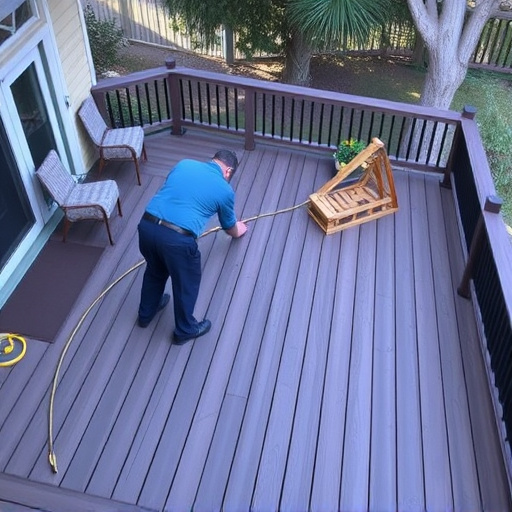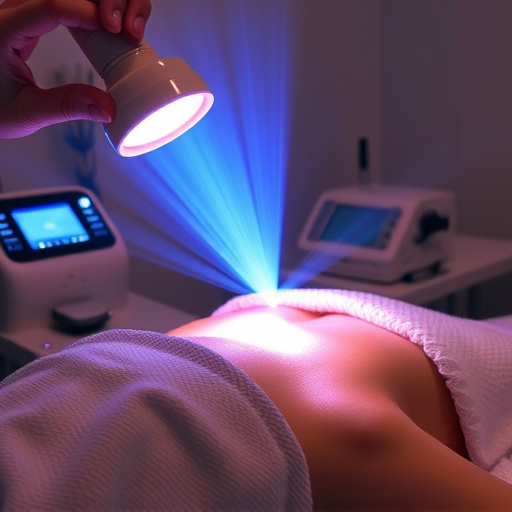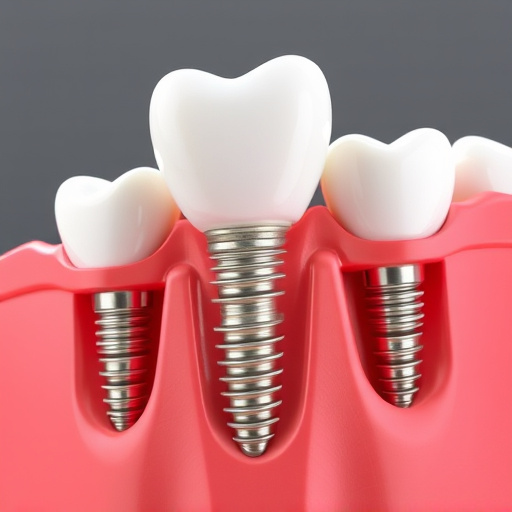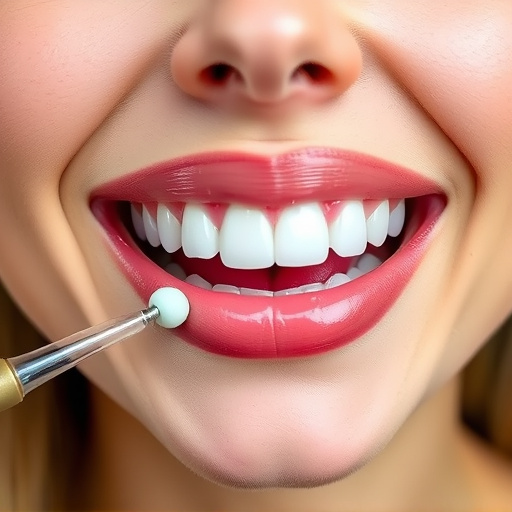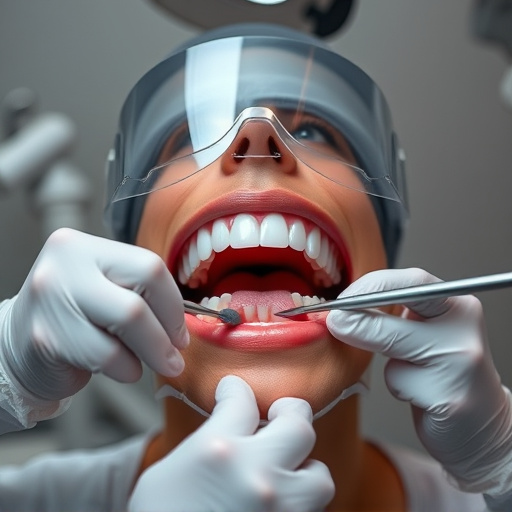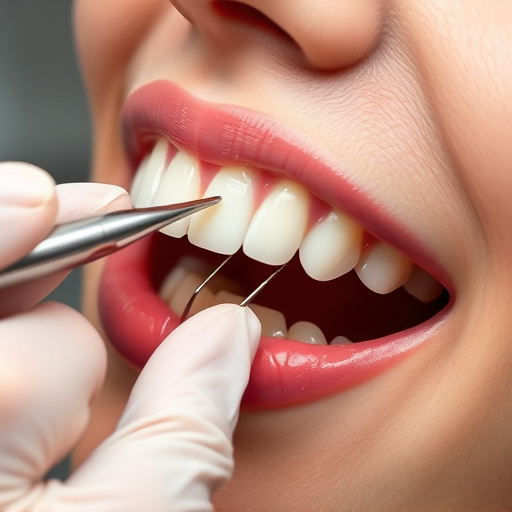Conservative dental treatment focuses on minimal intervention to preserve natural tooth structure, offering long-term aesthetic and oral health benefits. Using modern materials like composite resins and advanced techniques, this approach delays or avoids drastic procedures like root canals or extractions, providing effective emergency care while maintaining smiles. By detecting issues early through regular exams, conservative treatments promote comfort, satisfaction, and longer-lasting results with reduced risks, contributing to improved overall health and quality of life.
Discover the art of achieving natural-looking smiles through conservative dental treatment. This approach prioritizes minimal intervention while delivering esthetic results. In this guide, we explore why conservative treatments are gaining popularity. We’ll delve into the understanding, materials, and techniques that enable dentists to conserve teeth effectively. Additionally, we’ll discuss the numerous benefits and longevity of these methods, ensuring you’re well-informed about your dental choices.
- Understanding Conservative Dental Approaches
- Materials and Techniques for Natural Results
- Benefits and Longevity of Conserving Teeth
Understanding Conservative Dental Approaches
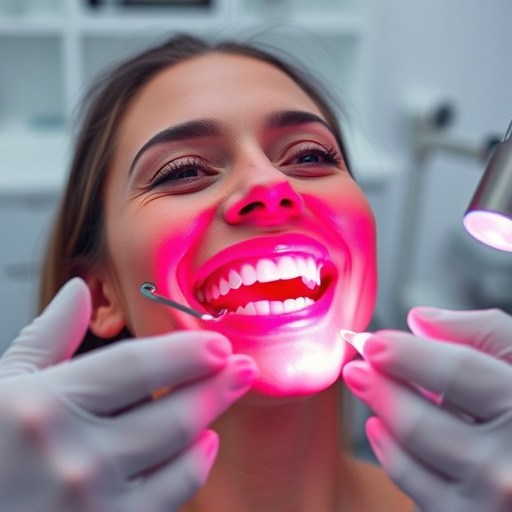
Conservative dental treatment focuses on minimizing invasive procedures while aiming for natural-looking results. It prioritizes preserving as much of the natural tooth structure as possible, which can help maintain a patient’s smile aesthetics and overall oral health in the long term. This approach is especially beneficial for those seeking to avoid extensive or costly dental work. By opting for conservative methods, individuals can enjoy functional, durable, and aesthetically pleasing dental restorations that mimic the appearance and feel of natural teeth.
This philosophy extends beyond routine procedures like dental cleanings and preventive dentistry, encompassing a range of treatments. From filling minor chips and cracks to reinforcing weakened teeth with inlays or onlays, conservative techniques strive to delay or eliminate the need for more drastic measures such as root canals or extractions, which can be both costly and time-consuming. By embracing these methods, patients can receive effective emergency dental care while preserving their natural smile for years to come.
Materials and Techniques for Natural Results

In the realm of conservative dental treatment, materials and techniques play a pivotal role in achieving natural-looking results. Modern dentistry offers a range of options that blend aesthetics with functionality, ensuring patients receive not just a beautiful smile but also a durable and healthy oral structure. For instance, composite resins, known for their versatility and bond strength, are increasingly used for fillings and restorations due to their ability to mimic the shade and texture of natural teeth.
Cosmetic dentistry techniques, when applied conservatively, can transform a patient’s smile without compromising the tooth’s integrity. This includes minimal-invasive procedures like enamel shaping, micro-abrasion, and laser dentistry, which are employed to correct minor defects or wear while preserving as much of the original tooth structure as possible. Regular routine oral exams also play a crucial role in early detection of issues, allowing for more conservative treatments that prevent extensive damage. For family dentistry practices, offering these advanced yet gentle approaches ensures patient comfort and satisfaction while promoting long-term oral health.
Benefits and Longevity of Conserving Teeth

Conserving teeth through conservative dental treatment offers numerous benefits that extend far beyond aesthetic improvements. By opting for procedures that preserve as much natural tooth structure as possible, such as fillings instead of crowns or minimal preparation during restorative dentistry, patients can enjoy longer-lasting results with reduced risk of future complications. This is particularly crucial when considering the role teeth play in mastication, speech, and overall oral health.
The longevity of conservative treatments is a significant advantage for several reasons. It means fewer dental procedures over time, which not only saves money but also minimizes exposure to anesthesia and potential side effects. Moreover, preserving natural teeth helps maintain facial structure and bone density, preventing premature aging or changes in facial contours often associated with tooth loss. Ultimately, these benefits contribute to improved overall health and quality of life for patients who choose conservative dental treatment approaches.
Conservative dental treatment focuses on preserving healthy tooth structure while restoring functionality and aesthetics. By employing natural-looking materials and advanced techniques, this approach offers durable solutions without excessive removal or alteration of the original teeth. The benefits extend beyond immediate results, as conserving teeth promotes long-term oral health, enhances smile beauty, and minimizes future intervention needs. Adopting conservative methods allows patients to enjoy their restored smiles confidently while preserving their natural dental heritage.
